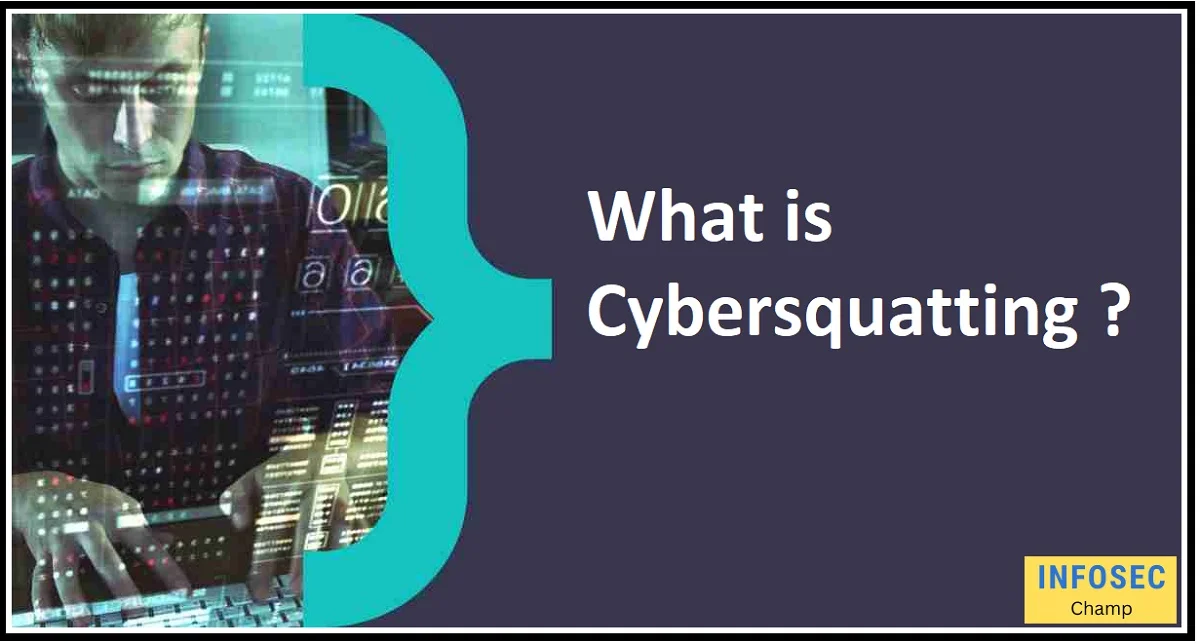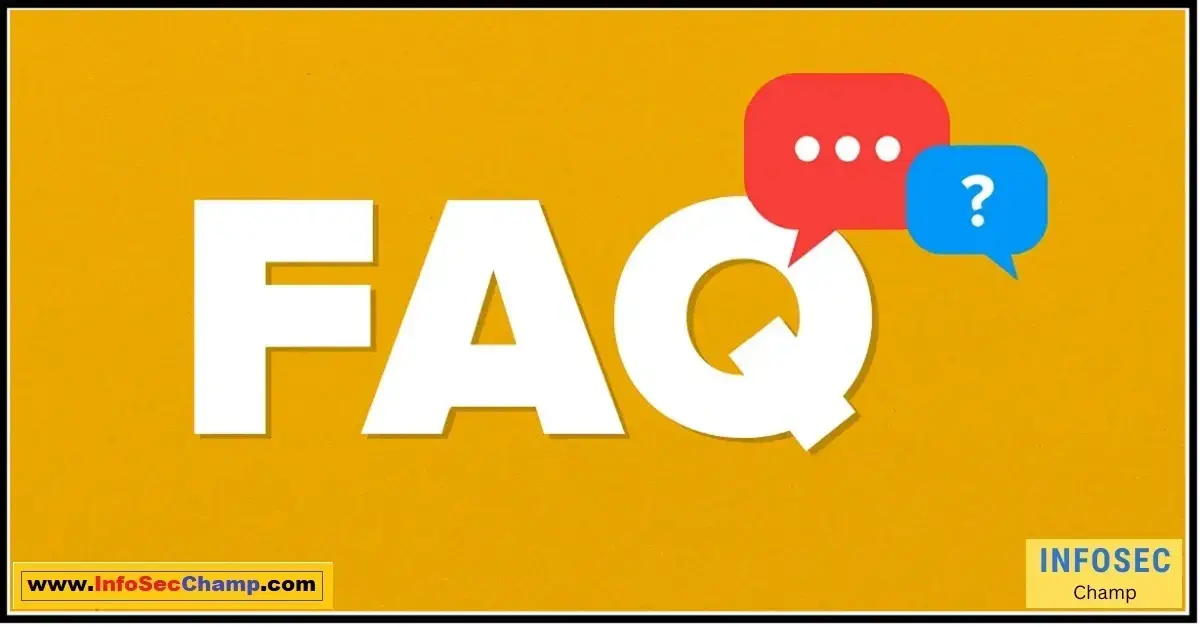Businesses of all kinds are becoming increasingly concerned about the practice of “cybersquatting,” which involves registering domain names with the goal to sell them later. It can cause long conflicts and expensive legal bills in addition to the loss of sales and harm to your brand’s reputation. Take action today to protect your intellectual property before it’s too late. To help you avoid cybersquatting and protect your brand online, our team of experts has put together a thorough guide. We can handle everything, from domain name monitoring to trademark enforcement. Click now to learn more and stop letting cybersquatters profit from your hard work.
What is Cybersquatting?
Cybersquatting, sometimes referred to as domain squatting, is the act of registering, selling, or utilizing a domain name with the purpose to capitalize on the brand recognition of another person’s trademark. This unethical activity is registering a domain name for a well-known corporation or brand or utilizing another person’s trademark to drive attention to a website. In order to draw visitors to their websites, cybersquatters frequently register domain names that are misspelled or similar to well-known businesses or celebrities.
The following are some crucial details about cybersquatting:
- Cybersquatting is prohibited in several nations, including the United States. Cybersquatting is now a federal offense thanks to the Anti-Cybersquatting Consumer Protection Act (ACPA) of 1999.
- It can have a negative effect on businesses: Cybersquatting can result in customer confusion and lost revenue for legitimate companies.
- It can occasionally be used for evil: Cybersquatters may employ their domains for phishing attacks, virus distribution, or other dishonest practices.
- Businesses may file a lawsuit against cybersquatters to recover a domain name or to seek compensation for trademark infringement.
- The best defense against cybersquatting is prevention. Businesses can accomplish this by registering their trademarks as domain names, keeping an eye out for domain name infringement, and, if necessary, initiating legal action.

The Risks of Cybersquatting
Reducing the Threats Associated with Cybersquatting
Cybersquatting, the act of registering or using a domain name with the intention of profiting from someone else’s trademark or brand, entails a number of risks, including damage to your brand’s reputation and image as well as lost sales and legal fees. Fortunately, there are ways to reduce these risks and safeguard your online presence.
These are some tactics to think about:
- Do routine online searches to look for any potential cybersquatting operations.
- To protect your online identity, register your brand name or trademark as a domain name.
- To account for typical misspellings, think about registering alternate versions of your domain name.
- Register domain names with a domain name registrar that offers anti-cybersquatting services.
- Keep an eye on your legal rights and enforce them through litigation or other dispute resolution methods.
Also, keep in mind that cybersquatting does not only affect domain names; it may also affect social network handles, mobile apps, and other online identifiers, so it’s critical to include these in your security and monitoring efforts.
You may protect your brand and reduce the dangers connected with it by taking a proactive approach and establishing procedures to prevent and manage cybersquatting.
How to Prevent Cybersquatting
Cybersquatting is a common problem in which people or businesses register domain names that are confusingly close to or identical to well-known brands or businesses. The people may then utilize the domain to sell to a business, use it illegally, or divert users to other websites.
These are some strategies for avoiding cybersquatting:
- Monitor your brand and trademarks: Check often to make sure no one is utilizing your brand or trademarks in domain names.
- Register multiple domain extensions: Try registering your brand name with several other domain extensions, including .net ,.org, and .co. This can aid in preventing the unlicensed use of your brand name, particularly if the squatter is focusing on a particular extension.
- Use domain name monitoring tools: A number of domain name monitoring tools are accessible, and they can notify you whenever a new domain name containing your company name or trademark is registered.
- Act quickly: If you do come across a domain that violates your trademark or brand, take action right once to stop additional harm. If necessary, you can get in touch with the offender or file a lawsuit.
- Consult with legal professionals: To make sure you have the essential protection in place, consult with attorneys who focus on intellectual property issues.
Cybersquatting Legal Actions
Cybersquatting Legal Actions: How to Online Trademark Protection
Cybersquatting is a process in which a person or organization registers a domain name that is identical to or confusingly similar to a trademark owned by another person or organization with the goal of generating traffic for their own website using the reputation of the trademark owner. Legal action can be taken against the cybersquatter as a result of this since it may cause serious injury to the trademark owner’s business.
Consider these important factors:
- Legal Protections: The Unified Domain-Name Dispute-Resolution Policy and the Anti-Cybersquatting Consumer Safeguard Act (ACPA) both prohibit cybersquatting (UDRP). Trademark owners are shielded from illegal cybersquatting by these laws.
- Establishing a Cybersquatting Case: To establish a cybersquatting case, the trademark owner must demonstrate that the domain name is identical to or confusingly similar to their trademark, that the cybersquatter has no legitimate interests in the domain, and that the domain was registered in bad faith.
- Legal Action: Legal responses to cybersquatting can take the form of UDRP complaints, cease-and-desist letters, or lawsuits in federal court.
- Remedy: The transfer of the domain name to the trademark owner or monetary damages are two possible remedies for cybersquatting.
- Prevention: It is crucial to register your trademarks as domain names and keep an eye out for any instances of infringement or unauthorized use of your brand online in order to prevent being a victim of cybersquatting.
In summary, trademark owners may face serious problems from cybersquatting. To safeguard your brand against damage, legal safeguards and remedies are available. Be proactive and take the required precautions to protect your trademarks online.”

FAQ
What exactly is meant by the term “cybersquatting”?
Cybersquatting is the practice of registering, trafficking, or utilizing a domain name with the bad faith goal of making money off the goodwill of another person’s trademark or business name.
How can cybersquatting be damaging to my business?
Cybersquatting can harm your company by directing internet traffic intended for your website to the cybersquatter’s website, resulting in a loss of revenue, brand reputation, and client loyalty.
What steps can I take to protect myself from cybersquatting?
You can take several precautions to safeguard yourself from cybersquatting, including early domain name registration, monitoring your online presence for violations, sending cease and desist letters, using the Uniform Domain-Name Dispute-Resolution Policy (UDRP), and registering your mark with internet registries.”
What legal actions can I take against cybersquatters?
A lawsuit under the Anticybersquatting Consumer Protection Act (ACPA) or arbitration through the International Intellectual Property Organization (WIPO) is all legal options for taking action against cybersquatters.
What is the difference between cybersquatting and domain squatting?
Cybersquatting is the practice of registering a domain name that is the same as or confusingly close to a trademark or brand with the intention of making money off of it or preventing the trademark owner from using it. Domain squatting, on the other hand, is the act of registering a domain name with the goal of later selling it to a third party for a higher sum than what was originally paid for it.

